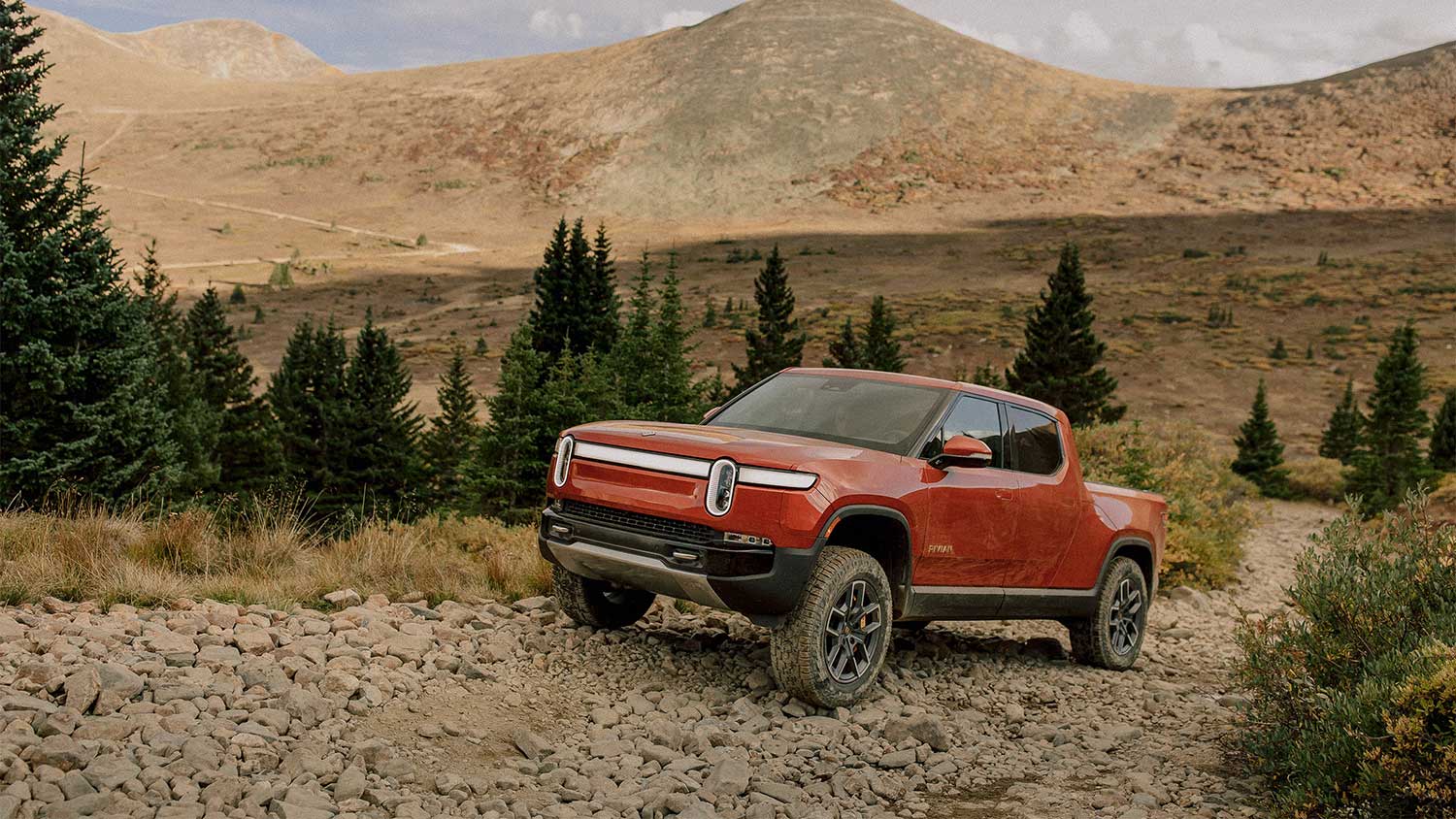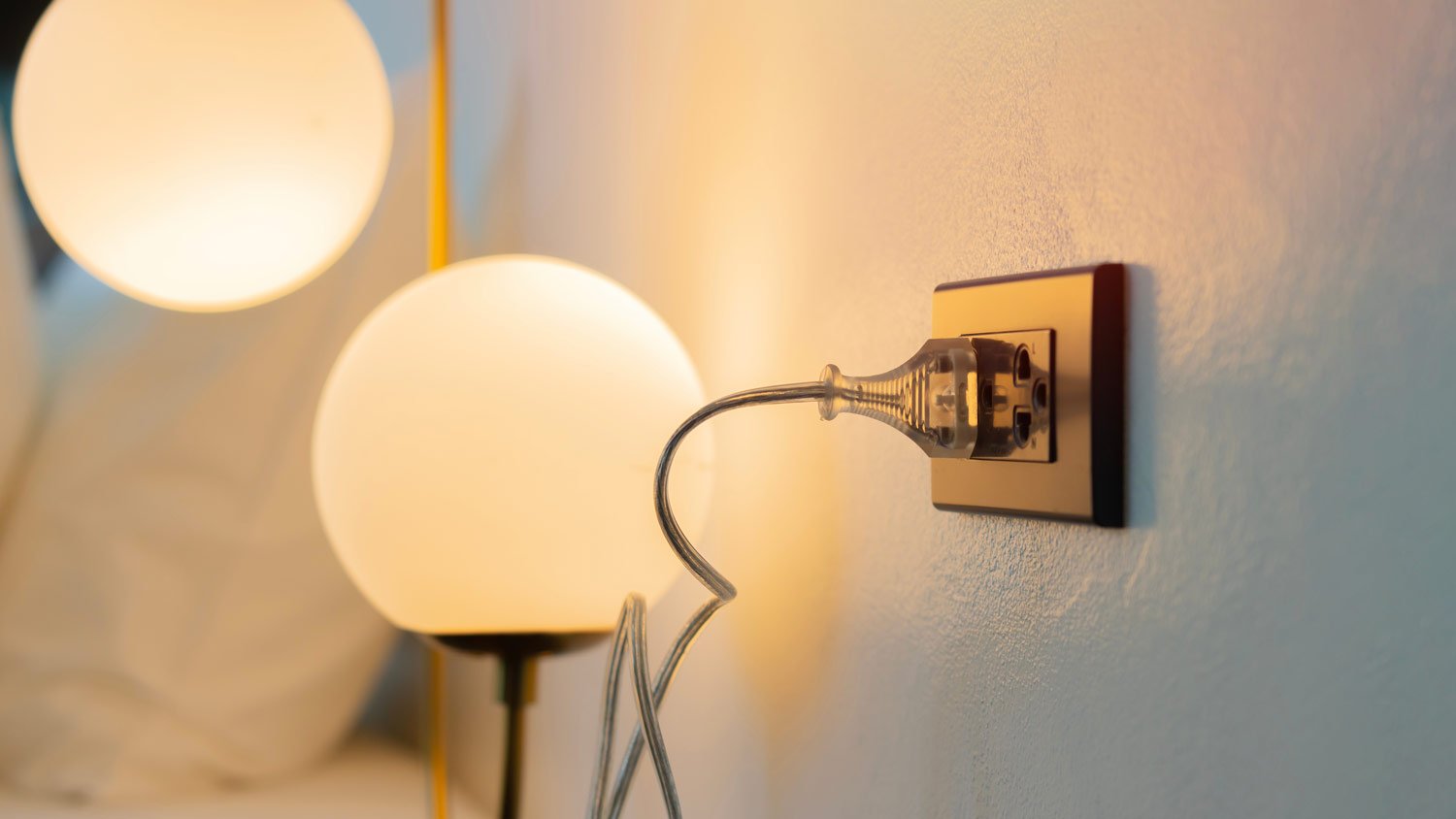Can You Use Your Electric Vehicle as a Backup Battery?
Don’t leave electricity sitting on the table


A few electric vehicle models are compatible with bidirectional charging, including the Nissan Leaf, the Ford Lightning, and the Hyundai IONIQ 5
V2H functionality allows you to partially run your house using energy from your car’s battery, making you less reliant on the grid
V2L functionality is an excellent option for emergencies, turning your car into a 110V outlet
To take advantage of bidirectional charging, you’ll need a specialized car charging port that converts the DC to AC (and back again)
Your electric car stores a great deal of electricity with its impressive battery, but can you power your home with that latent energy? With the right model of vehicle, the power of bidirectional charging, and some additional tools, the future is here: your electric vehicle can be used as a backup generator for your home or employed to power smaller items on road trips and camping excursions, like lights, grills, or other devices.
What Is Bidirectional Charging?
Bidirectional charging allows EV power to go two ways instead of one: the electricity can flow into the electric vehicle, and back out from the vehicle into the grid or to your home. When your electric car is charged, the AC (alternating current) is converted to DC (direct current) electricity, the right kind of energy for a car. With bidirectional charging, the DC can be converted back into AC.
Bidirectional charging stations allow you to capture energy to send back to the grid (V2G or vehicle-to-grid), send power to your home to offset how much electricity you use for a short amount of time, use to power your home in the case of a total blackout (V2H or vehicle-to-home), or store power as a generator to use with specific appliances in emergency situations (V2L or vehicle-to-load) or while camping.
How to Know If Your Car Is Compatible With Bidirectional Charging

Your car must be compatible with bidirectional charging to power up a generator, and you must have a specialized charger that converts the currents from DC to AC. There are some models already on the market with this functionality, including:
Nissan Leaf
Ford Lightning
Mitsubishi Outlander
Hyundai IONIQ 5
Kia EV6
Volkswagen ID4 (2022 models)
Rivian R1T
There are a few bidirectional chargers for consumer use. The dcbel r16 is one option, starting at $5,000, and in addition to being both a V2L and V2H, is a solar energy converter. The Wallbox Quasar starts at $4,500, but is only compatible with cars that have a CHAdeMO DC vehicle connector (both the Nissan Leaf EV and the Mitsubishi Outlander do).
Ford makes a charger specifically for its Lightning line of vehicles, the Ford Charge Station Pro, though you will also need a Home Integration System to use it as a V2H; it costs about $4,000, and you’ll need to hire an electrician near you to install the hardware and correctly wire it.
Several of the car models listed above sell their own adapters to enable V2L.
V2H vs. V2L vs. V2G
If you’re wondering what the applications might be for the various ways you can implement bidirectional charging, it’s important to better understand the three ways the converted alternating current is used.
V2H
With a vehicle-to-home charger, you can offset the amount of energy you use from your power company with the energy your car has stowed, making your home less reliant overall on the grid.
In addition to having the right car and a bidirectional charger, you will need a CT energy meter, which is installed at the main grid connection point. The CT meter monitors the energy coming and going from the grid, and when it detects that your home is using energy from the grid, it sends a signal to the bidirectional charger to release an equal amount of energy. Depending on the kind of energy meter you have, the V2H charger might also serve as a V2L.
V2L
To use your car as a direct outlet, either in an emergency situation or while camping, you will need an adapter that fits into the vehicle’s charging port. These adapters have hidden 110V outlets to plug appliances into; some of the cars with bidirectional charging, such as the Kia EV6, are sold all-inclusive with the adapters.
There are a few models that have the outlets built into the cars themselves, including the Rivian line of vehicles and the Ford F150 Lightning. The amount you can power is dictated by the amount of kWh (kilowatt-hour) your car outputs; for instance, the F-150 Lightning uses a 98 kWh battery, which can power an entire home for about three days (an average U.S. household uses about 29 kWh every day). The Nissan Leaf has the capacity to power an average home for about two days. Larger homes may need additional backup electricity options, so be sure to calculate what size generator you need to fit your needs.

V2G
V2G technology sells any excess energy in your car’s battery to the utility company, helping to stabilize the grid. In other words, it’s about thinking collectively: if thousands of electric vehicles set up with V2G technology are plugged in, the grid won’t be as susceptible to blackouts. It’s sort of like a cumulative generator, for everyone.
There is also a financial incentive to set up V2G, as your utility company will usually offer credits or a reduced bill for sending your stored power back to the greater good, or greater grid, as it were.





- Home Generator Repair
- Lamp Repair
- Electric Repair
- Generator Installation
- TV Antenna Services
- Emergency Electricians
- Commercial Electricians
- Attic Fan Installation
- Attic Fan Repair
- Exhaust Fan Installation
- Electric Inspectors
- Subcontractors
- Electrical Construction
- EV Charger Installer
- Chandelier Installation
- Doorbell Installation
- Bathroom Fan Installation
- Ring Installers
- Electrical Panel Upgrade










